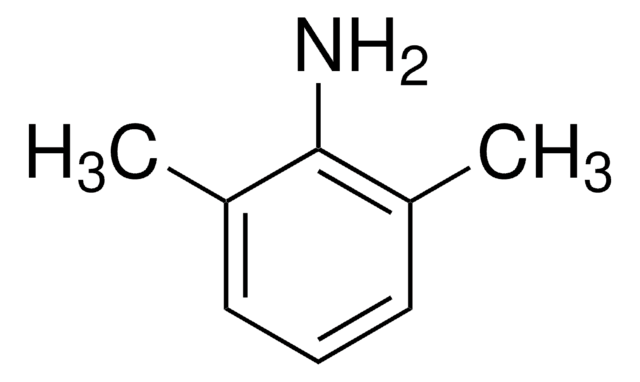PHR1319
Residual Solvent - Trichloroethylene
Pharmaceutical Secondary Standard; Certified Reference Material
Synonym(s):
Trichloroethylene, TCE, Trichloroethene
About This Item
Recommended Products
grade
certified reference material
pharmaceutical secondary standard
Quality Level
Agency
traceable to USP 1601827
vapor density
4.5 (vs air)
vapor pressure
61 mmHg ( 20 °C)
CofA
current certificate can be downloaded
autoignition temp.
770 °F
technique(s)
HPLC: suitable
gas chromatography (GC): suitable
refractive index
n20/D 1.476 (lit.)
bp
86.7 °C (lit.)
mp
−84.8 °C (lit.)
density
1.463 g/mL at 25 °C (lit.)
application(s)
pharmaceutical (small molecule)
format
single component solution
storage temp.
2-30°C
SMILES string
Cl\C=C(\Cl)Cl
InChI
1S/C2HCl3/c3-1-2(4)5/h1H
InChI key
XSTXAVWGXDQKEL-UHFFFAOYSA-N
Looking for similar products? Visit Product Comparison Guide
General description
Application
Other Notes
Footnote
Signal Word
Danger
Hazard Statements
Precautionary Statements
Hazard Classifications
Carc. 1B
Storage Class Code
6.1C - Combustible acute toxic Cat.3 / toxic compounds or compounds which causing chronic effects
WGK
WGK 3
Flash Point(F)
188.6 °F - closed cup
Flash Point(C)
87 °C - closed cup
Choose from one of the most recent versions:
Certificates of Analysis (COA)
Don't see the Right Version?
If you require a particular version, you can look up a specific certificate by the Lot or Batch number.
Already Own This Product?
Find documentation for the products that you have recently purchased in the Document Library.
Protocols
GC Analysis of Class 2 Residual Solvents on OVI-G43
US EPA Method TO-17: GC Analysis of Volatiles on VOCOL® after Collection/Desorption using Air Toxics Tube
US EPA Method 8260 describes the analysis of volatile organic compounds in solid wastes and ground waters. This application illustrates the analysis of many compounds commonly analyzed by this method using purge and trap coupled to GC-MS.
Our team of scientists has experience in all areas of research including Life Science, Material Science, Chemical Synthesis, Chromatography, Analytical and many others.
Contact Technical Service









